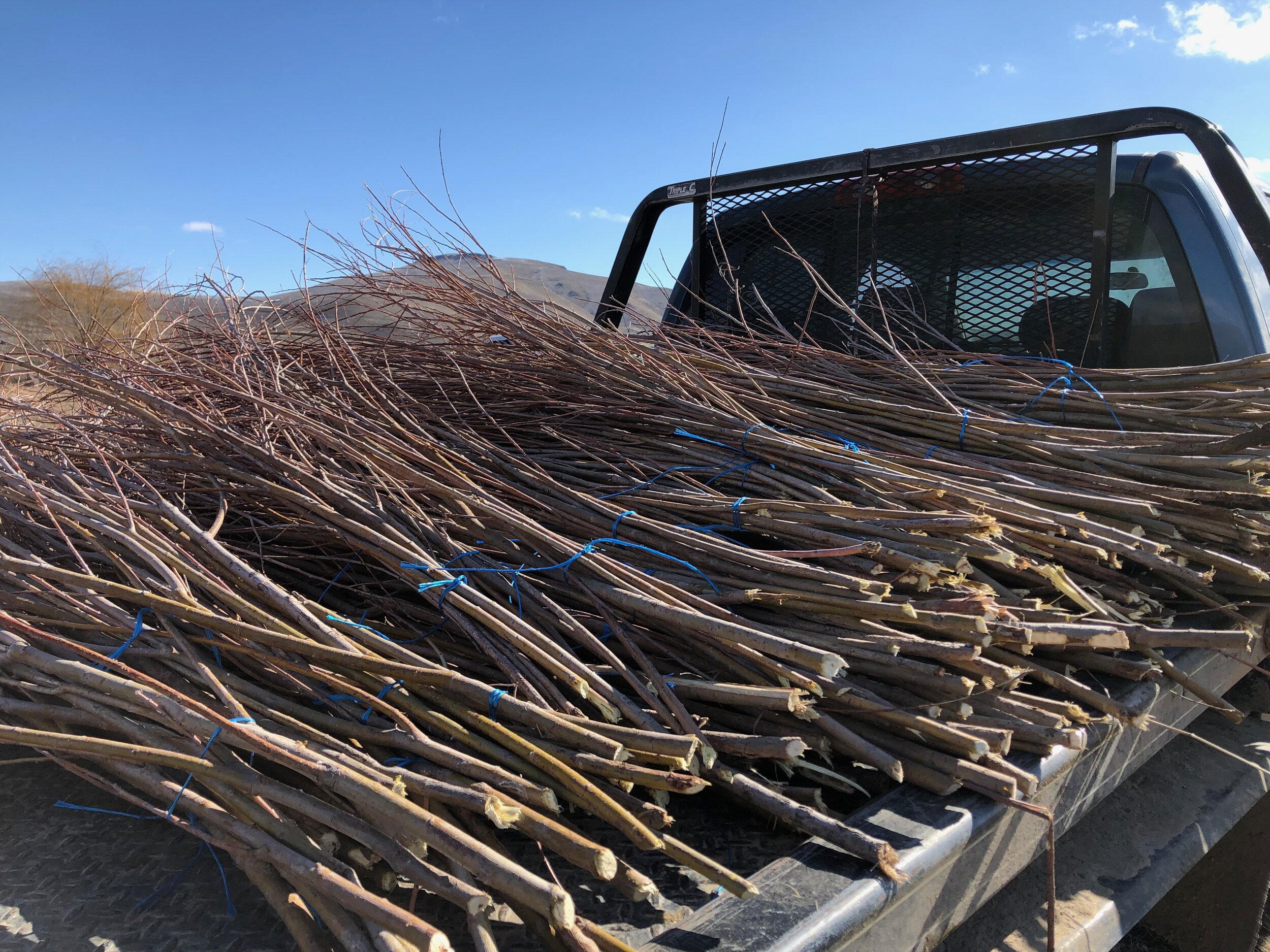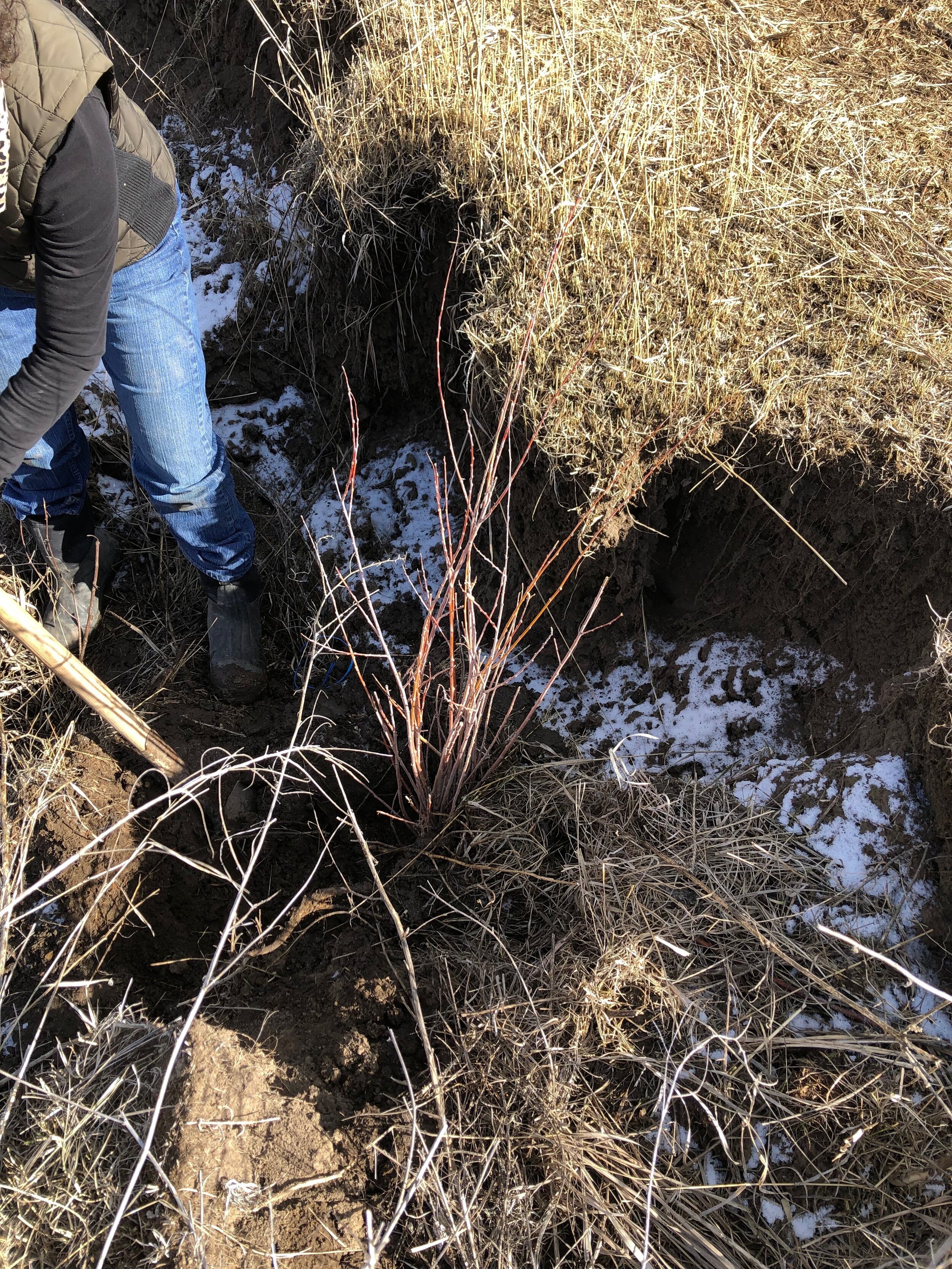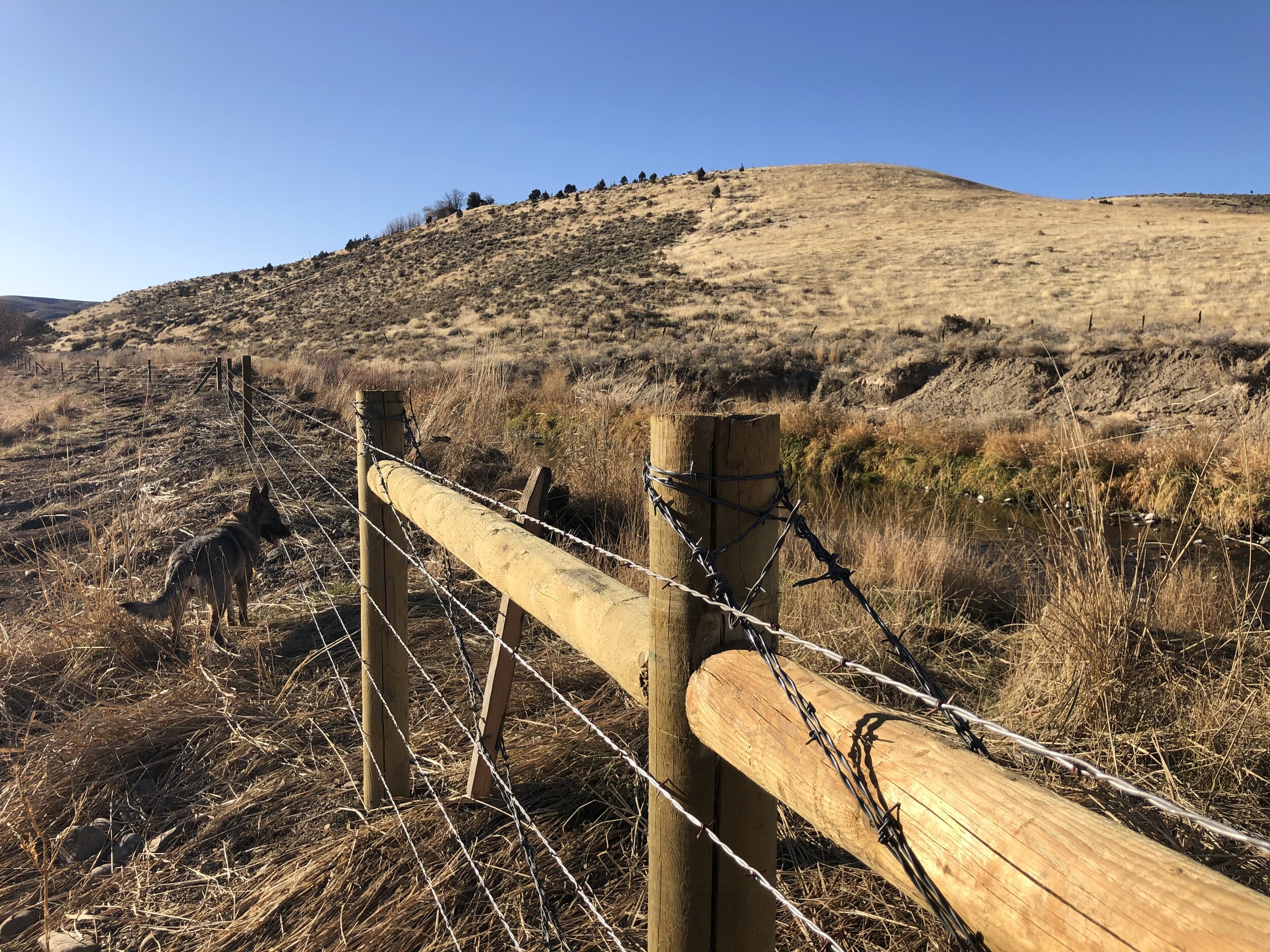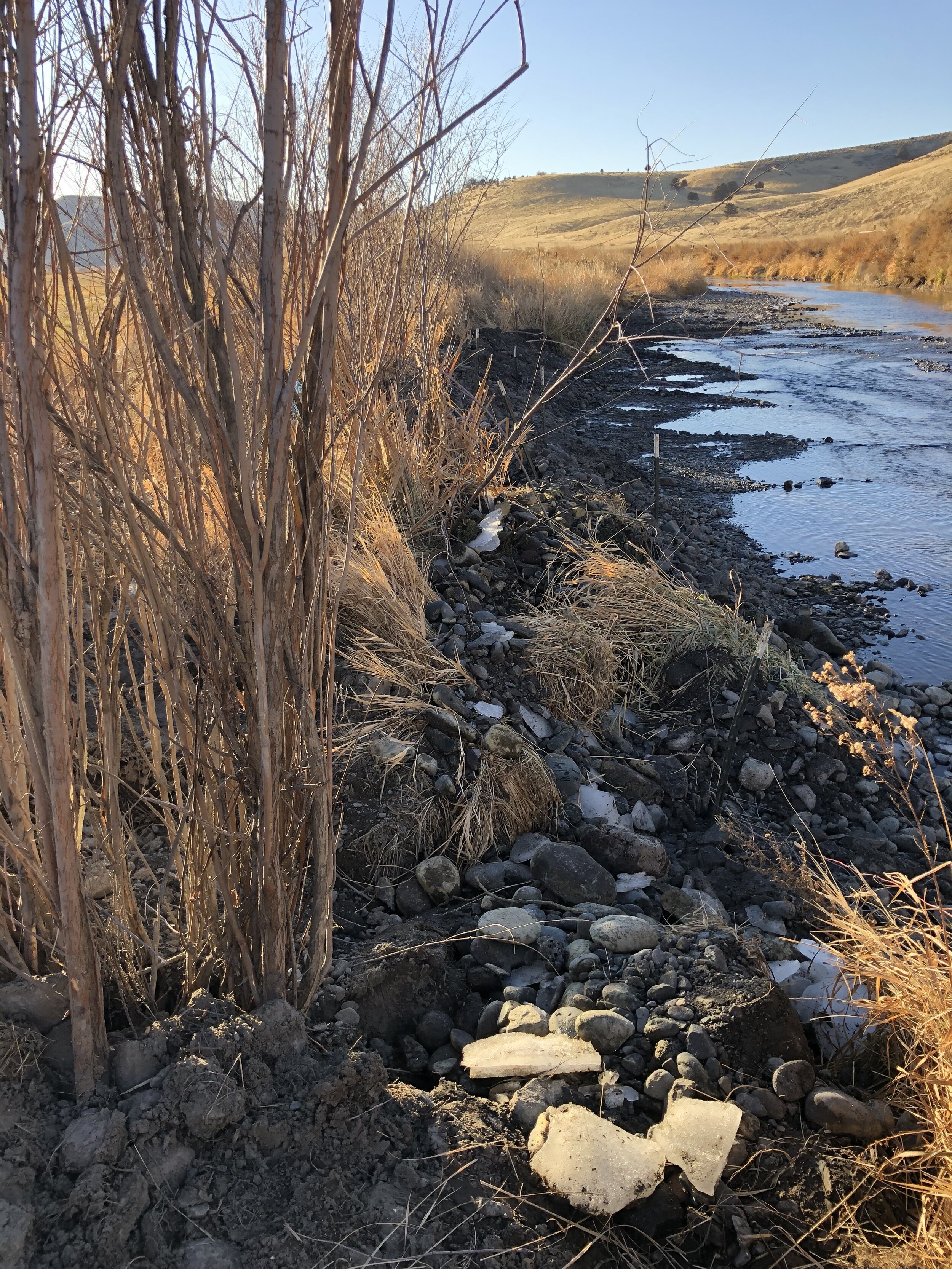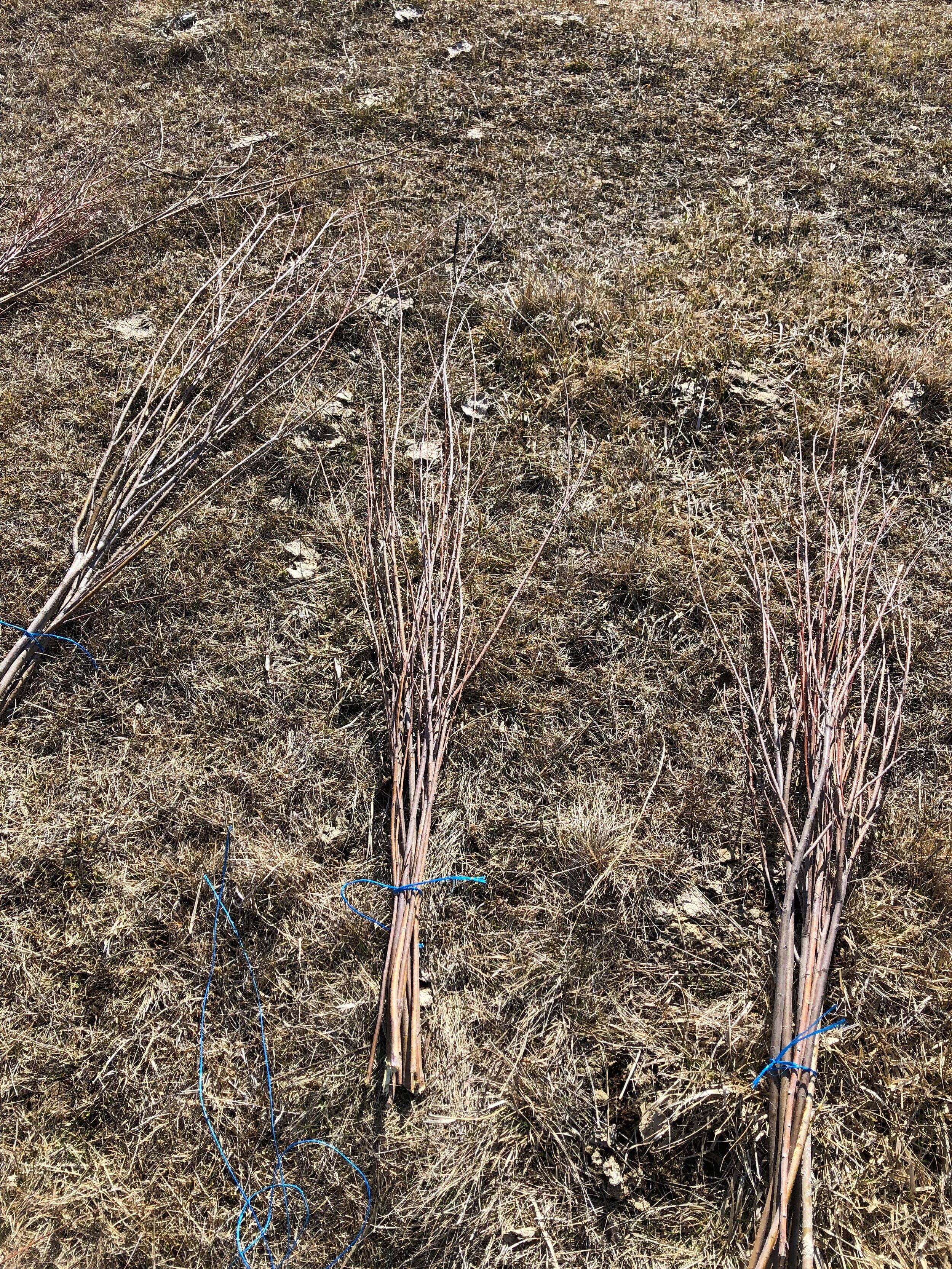Rambling River Blues
Hugh Hammond Bennett, pioneer and leader in soil conservation said “Out of the long list of nature’s gifts to man, none is perhaps so utterly essential to human life as soil.”
Erosion, a natural process, can be made into a dangerous one by how much - or where - soil is being relocated. This is particularly concerning on riverbanks. Some amount of erosion is normal for a stable river, but large amounts of erosion is reason for concern. Soil lost downstream can cause sedimentation, as well as reshape the rivers course - sometimes resulting in the loss of productive farm land, roads, fences or other infrastructure.
This has many landowners asking “Can we fix this?”. Erosion is a slow and long-term process and its reversal can be just as gradual, but if left unchecked – it can affect farming and ranching operations.
Rambling River Blues is one example of action being taken. The landowner expressed an interest in stopping erosion that was beginning to occur along the Malheur River and improve the streambank. They were seeing large portions of the bank crumbling, cutting further into their fields and washing away precious soil. They worked closely with the Malheur Watershed Council’s staff to develop a plan of action.
This plan entailed fencing the river off from access by cattle, installing water crossings for the cattle, and planting hundreds of willows to begin to stabilize the bank and start the long process of healing. Tree or willow plantings can be one of the most effective ways to stabilize banks, as their root systems make banks more resistant to erosion.
Once the project and funding was approved, the landowner began the fencing process, installing over 5,300 feet of new fence. The access for cattle was redirected to specific portions of the river that were best suited to sustain watering access.
Then in the fall suring the dormant season, the landowner coordinated the cutting of willows from an abundant, established willow growth to make “willow bundles”. Since this variety of willow was already proven to thrive in this environment and location, it was logical to source them locally. Each “willow bundle” consisted of 5-10 willow cuttings bound together to be planted, increasing the likelihood of planting survival and success. They planted approximately 200 willow bundles in total and additional willow shoots individually where beneficial.
Willow Bundles
The construction of this project was completed in the fall of 2019 and so the results are still being monitored. The hope is that the willows will establish and then spread, strengthening the riverbank and serving as a “line of defense” between the river and the landowner’s fields. This results in ecosystem benefits beyond just the landowner’s field boundaries – less erosion and more vegetation mean a more stable river, less sedimentation, more nutrient trapping of runoff from fields and overall a healthier river.
Restoration begins with one project at a time. Let the Malheur Watershed Council help you realize your vision.


